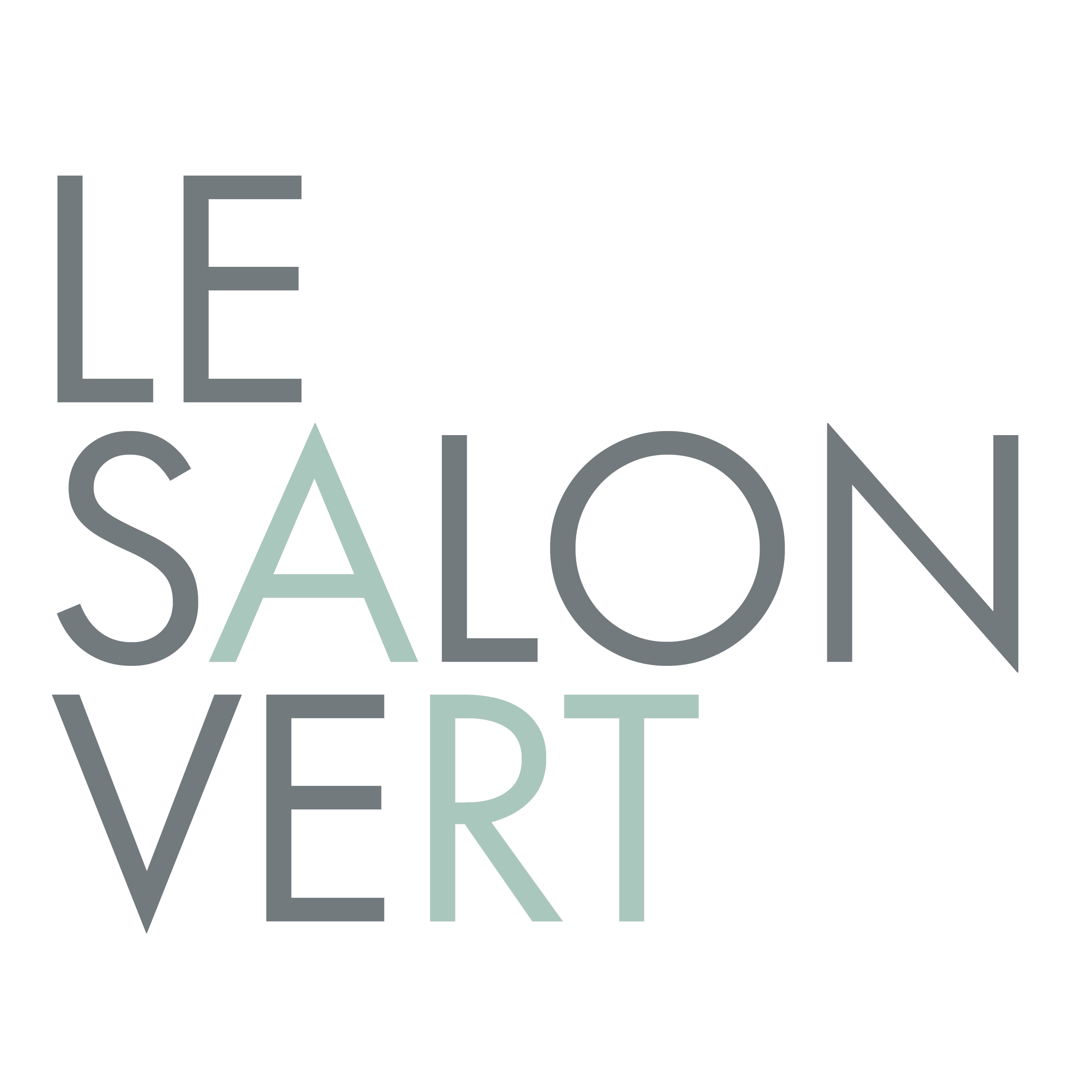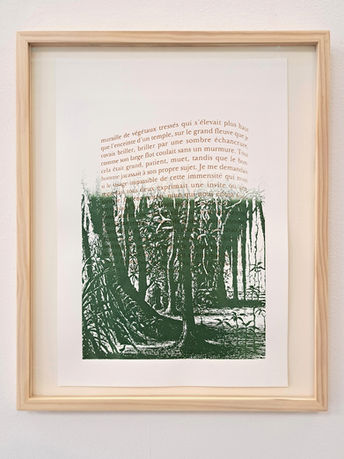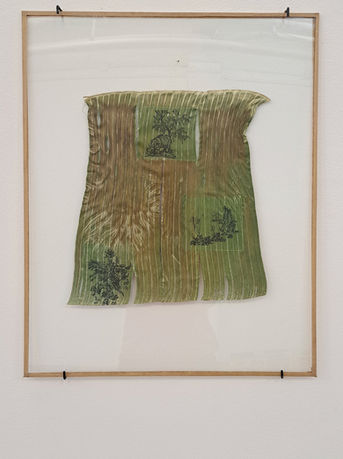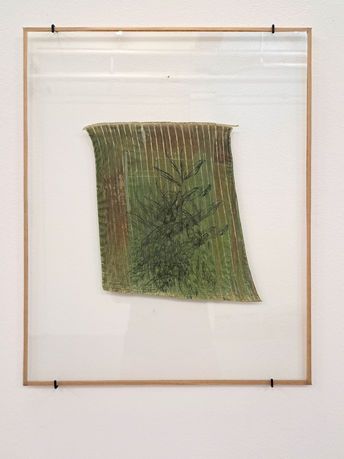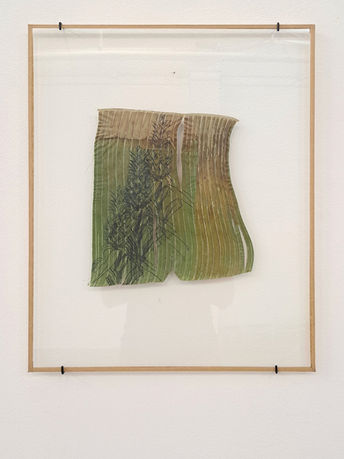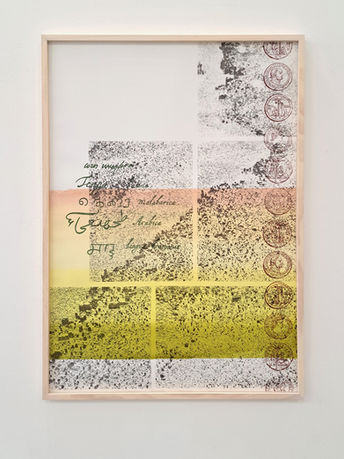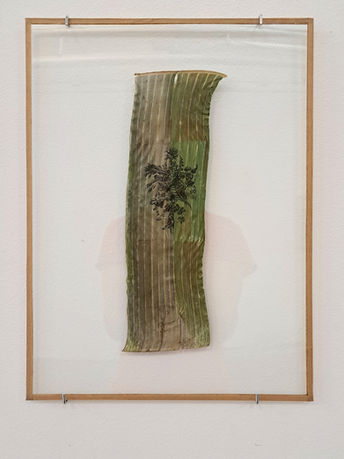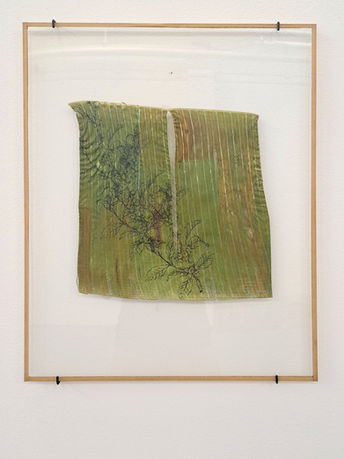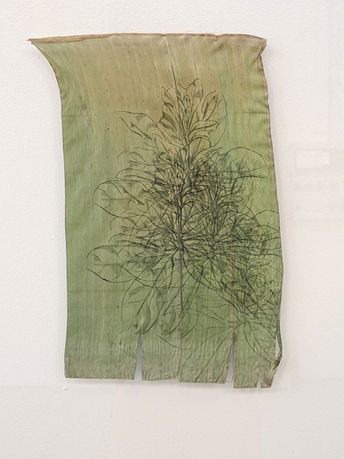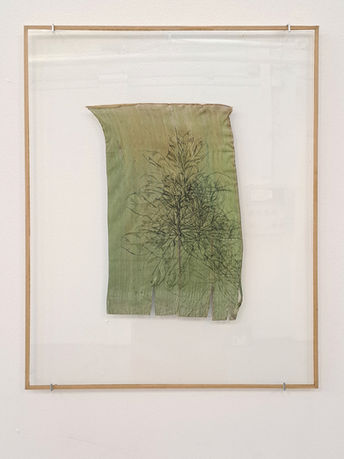Benoît Billotte
Land and landscapes are Benoît Bilotte’s subjects of choice. Through a surveying and sensitive observation of both, the artist develops his work in relation to their exploration and their representation.
The spaces can be physical or imagined, macroscopic or microscopic, current or historical, well-known or still in the process of being discovered, geographically close or far away.
Working via appropriation, he selects the materials that enable him to represent his subjects and subverts the tools used to observe them. In this way, he journeys through all kinds of locations and sites to identify and then isolate their component parts and the perceptions we harbor of them. Ranging from territorial boundary markers to graphs and maps, this can also include scientific data, spatial-temporal landmarks, historic or cultural references and even anecdotal speculations.
As an artist-surveyor, Benoît Bilotte collects all this documentary evidence and varied resources, all this figurative, scientific, and technical data that he then transcribes, creating a visual, non-literal translation. Thus, wielding maps, flows, statistics, and other projection materials, he offers a formal and conceptual deviation from the objective data society produces to give itself reference points. Removed from their context and re-centered as pure abstractions, they become artistic, poetic symbols with myriad interpretations.
In his work, he attempts to articulate and expose the various forms of soft propaganda that surround us. Science and its obsolescence, cartography and its topographical markers, cultural geography and its implications, as well as urban utopias and meaningful forms of architecture are the specific areas of artistic research he is developing.
Bilotte’s artistic practice can be formally characterized by the importance of drawing, but this is neither exclusive nor uniquely connected to working on paper; it can become an engraving, a cut-out, a wall or floor installation and even, at times, an object. His research remains open and invites him to experiment with new materials and techniques, sometimes encouraging collaboration with other artisans and professionals.
Finally, impermanence, in situ and transitional relationships, and the fragility of materials are also themes found in his work.
Exhibitions:
Dérive sous le pli des feuilles

